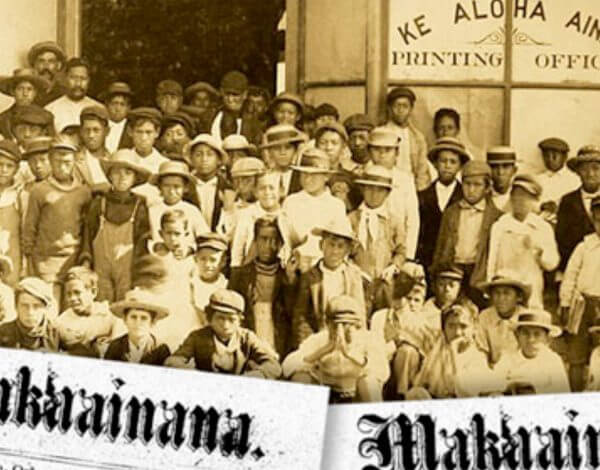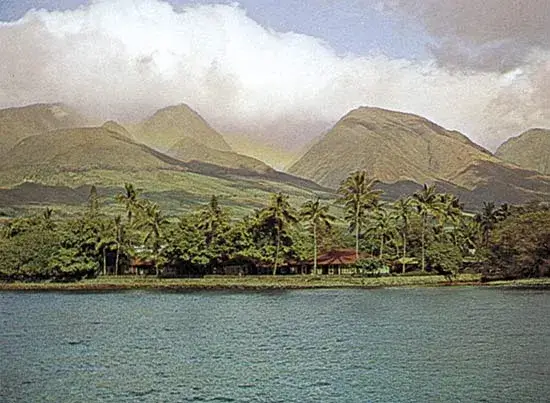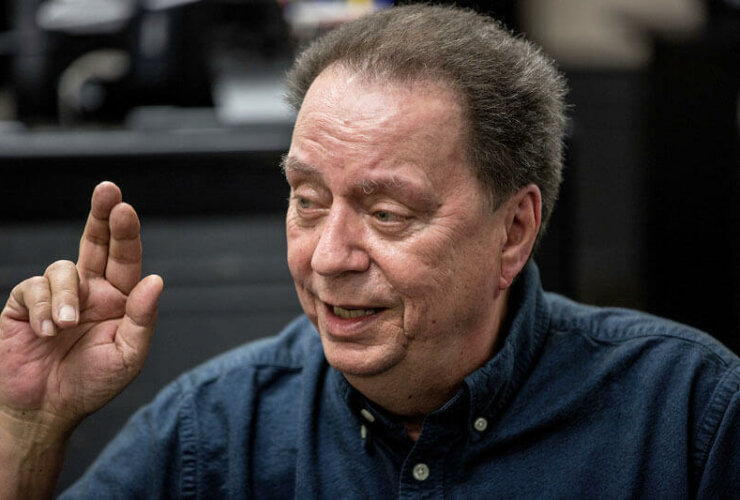ʻIke Kūʻokoʻa — Liberating Knowledge — was Awaiaulu’s first ever crowd-sourcing project, launched on 28 November 2011 and closed on 31 July 2012.
Volunteers were to manually create text files from digital images of newpapers and language fluency was not required.
With the help of AP International, our plea went worldwide throughout much of November, 2011. On opening day our servers were sundered – 7,500 volunteers registered, coming from 12 countries and every Hawaiian island with WiFi. By the end of the project, 31 July 2012, 2,500 volunteers had made text files for 15,000 full pages of newspapers – equaling 150,000 letter-sized pages of historical knowledge that was now word searchable.
Another goal of ʻIke Kūʻokoʻa was to inform people about the existence and importance of the Hawaiian-language repository. With the help of Huy Vo of Brite Light Marketing, our project, and the story behind it, made news often, here and abroad. Awaiaulu won awards that year for PR efforts by nonprofits, credited with having informed 1 million people about the Hawaiian-language historical materials in the course of the project.
While 2,500 volunteers worked around the globe, the ʻIke Kūʻokoʻa team, led by Kauʻi Sai-Dudoit and Puakea Nogelmeier, was made up of a dozen dedicated colleagues, students, staff, and volunteers, who took up the roles of outreach trainers, file masters, text reviewers, editors and tech specialists. Many of them are introduced in the video below, speaking about their participation and expressing their thanks to the many supporters who made the project possible. Funding for this huge undertaking came from the Gerbode Foundation, OHA, Grace Pacific Corp., the Kulamanu Foundation, the Kahiau Foundation, the Dwayne and Marti Steele Fund of HCF, and many individual donors.
This video, broadcast at the close of ʻIke Kūʻokoʻa, was to thank our many volunteers and introduce some of our team:
This is the message that went out to explain the closure:
Over 125,000 pages of Hawaiian-language newspapers were printed in more than a hundred different papers from 1834 to 1948. They equal a million or more typescript pages of text – apparently the largest native-language cache in the western world. The newspapers became an intentional repository of knowledge, opinion and historical progress as Hawaiʻi moved through kingdom, constitutional monarchy, republic and territory, yet only 2% of that repository has been integrated into our English-speaking world today. ‘Ike Kū’oko’a is a dynamic move to change that percentage and to open up this resource for general access.
‘Ike Kū‘oko‘a — Liberating Knowledge is a Hawaiian-newspaper initiative where an army of volunteers is taking 60,000 digital scans of Hawaiian-language newspapers and transcribing them into searchable typescript. Of the 125,000 pages originally published, 75,000 have been found and made into digital images, and 15,000 of those images have been typescripted by OCR or manually.
60,000 pages remain in hand, yet unsearchable. Our goal is to make the whole available collection word searchable, and to do it by July 31, 2012. It will open up hundreds of thousands of pages worth of data on history, culture, politics, sciences, world view, and more.
No Hawaiian language skill is necessary to participate. You type what you see. Volunteers log in and reserve a page for typescripting. An image file (tif) and a text file (rtf) are downloaded and then saved on the volunteer’s computer. The tiff image file is easily enlarged for viewing, and on the text file one types all the text that is seen on the page. Though the newspaper is printed in columns, the typescript spans the page like a letter. No formatting needed. Guidelines are on the website.
Once a page is completed and checked, it is submitted through the volunteer’s homepage. Upon submitting a file, the typescripter’s name is imbedded, the page can be dedicated to a special someone, and a group can be credited with the work. The typescripter and the dedication will appear in the searchable text on the web, “This page made possible by XX, dedicated to YY”. The pages credited to a group (hālau, school, etc.) are for comparison now, while the project is in progress.
ʻIke Kūʻokoʻa was initiated on November 28, 2011, to be completed by July 31, 2012, commemorating Lā Kūʻokoʻa (Independence Day) and Lā Hoʻihoʻi Ea (Restoration Day), the main historical holidays of the Hawaiian kingdom era. Centered in Hawaiʻi, this initiative engages and connects people from all over the world in a united, collaborative endeavor – three months after launching we already have over 3,000 volunteers from 8 countries, across the U.S., and throughout the island chain. But we’ll need thousands more to assure success. Consider being a part of this historical effort, and please help by telling others about it.
Join the Hawaiian community that spans the globe, investing in something unique and historical that will make a legacy of Hawaiian knowledge accessible again, benefitting everyone for generations to come.
Puakea Nogelmeier, Director of Awaiaulu, and Kauʻi Sai-Dudoit, Project Director of ʻIke Kūʻokoʻa.
‘Ike Nation Building
A review of ‘ike as a critical pedagogy and nation-building endeavor.
PDF Paper Salis Reyes N, 2014, ‘Ike Ku’oko’a



